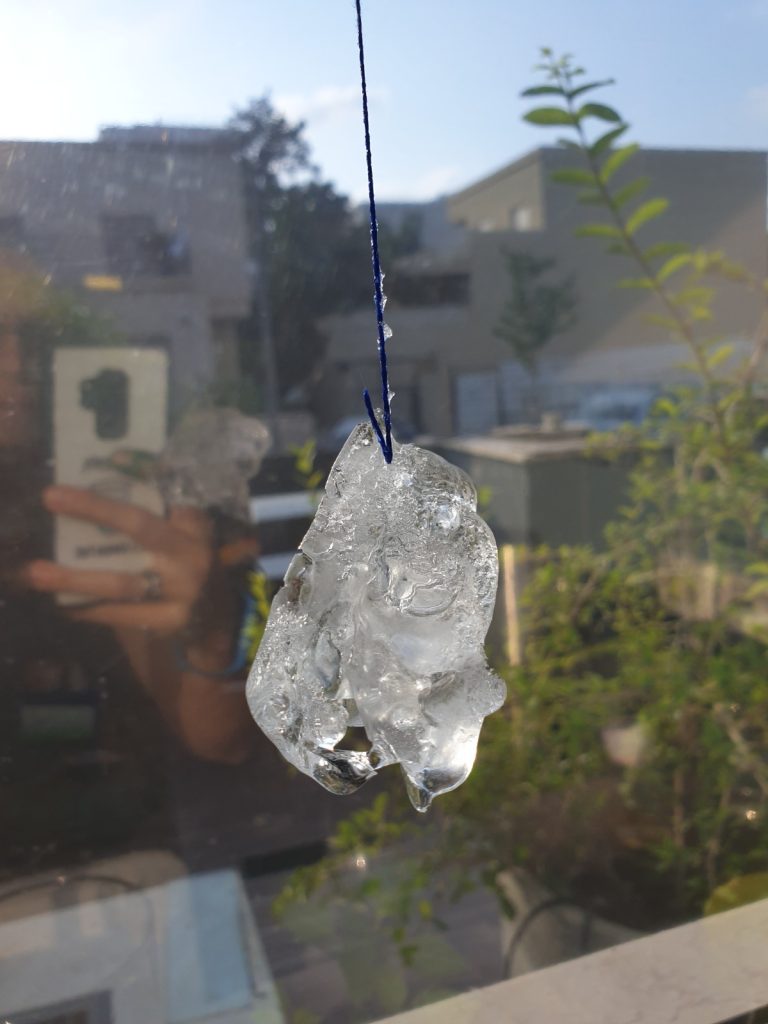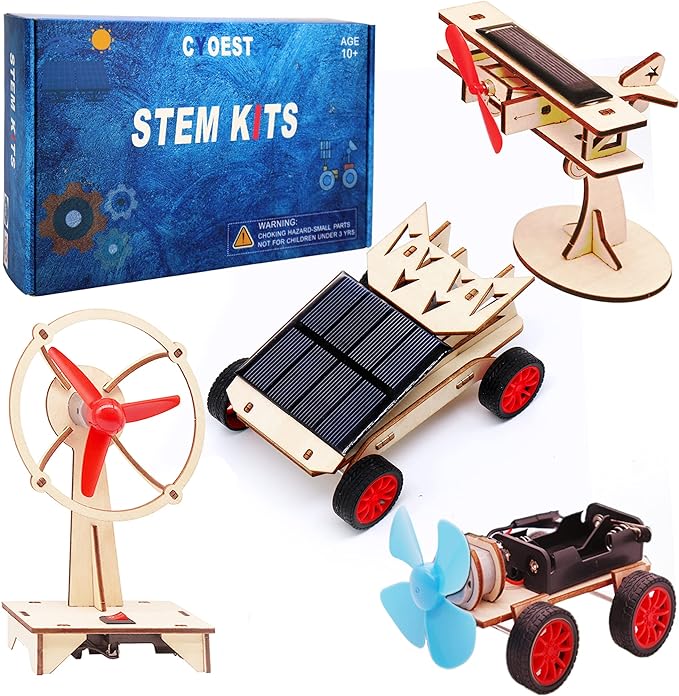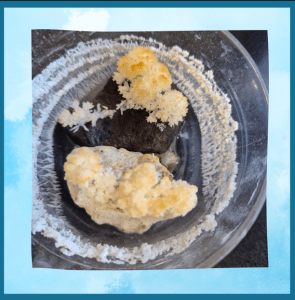Sticky Ice
This is an amazing science trick that allows you to melt part of an ice cube and use it to pick up and move the whole frozen block. It’s a simple experiment that demonstrates the power of chemistry and phase changes. With just ice, salt, and a piece of string, you can “stick” a string to an ice cube and lift it up!
The experiment visually reveals the effect salt has on ice – allowing you to essentially glue a string to an ice cube!
So get ready to astound your students as you appear to defy physics and pick up an ice cube with a piece of string. This is an unforgettable experiment that really hammers home some core scientific principles in a hands-on way!
Materials:
- Ice cubes
- Salt
- Wool yarn
- Cup of water
What to do?
- Place an ice cube in a cup of water.
- Lay the yarn over the ice cube.
- Sprinkle salt on top of the yarn.
- Wait one minute.
- Lift up the yarn.

How does this happen?
Salt causes ice to melt – or more precisely, makes it harder for water to freeze. In an ice cube, water molecules are constantly transitioning between liquid and solid states. We don’t see this because only a small amount of water makes this transition at a time, so the ice cube appears unchanged. Adding salt causes water molecules that have turned to liquid to have difficulty freezing again, effectively melting the ice. In this experiment, we add a small amount of salt over the yarn, which melts the ice at that point. Over time, the salt disperses and its concentration decreases, allowing the water above the yarn to freeze again. This re-freezes the water-soaked yarn, sticking it to the ice cube.
Looking for more Winter science? <<More Winter Science Here>>
We’d love to showcase your creativity!
Share pictures of your experiments with us, and together, we can inspire young scientists everywhere!















